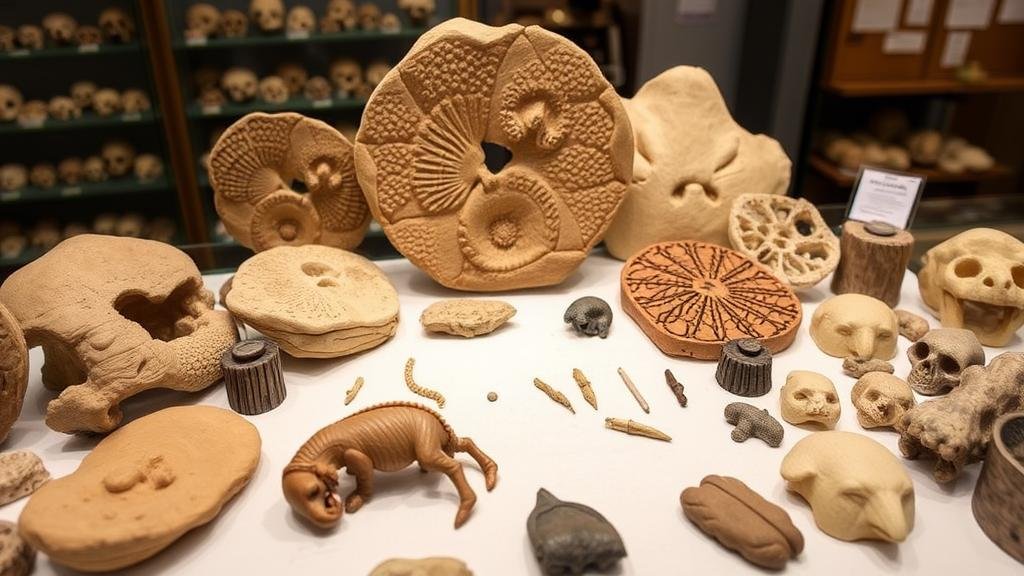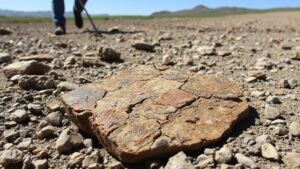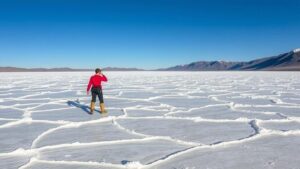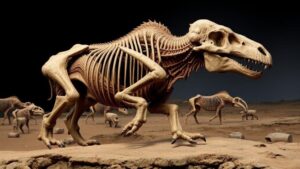The Museum Market: Partnering with Institutions to Showcase and Sell Fossils
The Museum Market: Partnering with Institutions to Showcase and Sell Fossils for Rockhounds and Mineral Collectors
The world of fossil and mineral collecting is both fascinating and complex. For rockhounds and mineral collectors, finding unique specimens is a thrilling pursuit. But, showcasing and selling these treasures can often pose a challenge. Museums, with their reach and credibility, provide a platform for both displaying and selling fossil collections. This article explores how partnerships with institutions can elevate the museum market and benefit collectors.
Understanding the Museum Market
The museum market comprises a network of institutions dedicated to the preservation and exhibition of cultural, historical, and scientific artifacts, including fossils and minerals. Museums attract a diverse audience, providing collector-friendly environments for buyers, sellers, and enthusiasts alike.
- In the United States alone, there are over 35,000 museums, according to the Institute of Museum and Library Services (IMLS).
- Fossil exhibits can attract significant public interest; the American Museum of Natural History, for example, reported over 5 million visitors annually.
The Benefits of Partnering with Museums
Collaborating with museums offers various advantages for rockhounds and mineral collectors:
- Credibility and Trust: Museums hold a reputable status in the community. By associating with such institutions, collectors can enhance their credibility.
- Increased Exposure: Partnering with museums allows collectors to showcase their specimens to a larger audience, providing opportunities for sales that may not be possible in private settings.
- Curation and Display Expertise: Museums have the expertise to curate and display collections effectively, ensuring that specimens are presented in a scientifically accurate and aesthetically pleasing manner.
How to Get Started: Practical Tips
Rockhounds and mineral collectors interested in partnering with museums should consider the following practical steps:
- Research Institutions: Identify museums that align with your collection’s theme, geographic location, and audience interests.
- Prepare an Inventory: Create a detailed inventory of your specimens, including scientific names, provenance, geographic information, and any significant data points. This documentation adds value and authenticity to your collection.
- Draft a Proposal: Outline your goals for the partnership, your collection’s value, and how your fossils or minerals could enhance the museum’s offerings. Be specific about the benefits for the institution.
Real-World Applications: Successful Partnerships
A number of success stories highlight the advantages of museum partnerships:
- The Denver Museum of Nature & Science frequently collaborates with local collectors to enrich their exhibitions, resulting in enhanced public engagement and sales during special events.
- The Field Museum in Chicago established a program that features rotating exhibits of local rockhound collections, allowing collectors to gain recognition while promoting the importance of geological sciences.
Challenges and Considerations
While partnering with museums presents numerous advantages, there are also challenges that collectors should consider:
- Value Assessment: Museums often require a professional appraisal of fossil collections, which can be costly and time-consuming.
- Sales Model: Museums may prefer a consignment model for sales, meaning that collectors might not receive immediate payment for sold items.
- Display Conditions: Collaborators must adhere to strict guidelines regarding how specimens are displayed and cared for, which may affect personal usage or selling strategies.
Actionable Takeaways
By forming partnerships with museums, rockhounds and mineral collectors can significantly enhance their visibility and marketability of fossils. Here are some actionable takeaways to consider:
- Engage with your local museum to explore opportunities for collaboration.
- Continuously educate yourself on the requirements and expectations of museum partnerships.
- Network with other collectors and museum professionals to expand your connections and understanding of the museum market.
To wrap up, the museum market presents a valuable opportunity for fossil and mineral collectors to showcase their collections while reaching a wider audience. By leveraging museum partnerships, collectors can gain credibility, enhance exposure, and ultimately drive sales in a well-respected environment.



